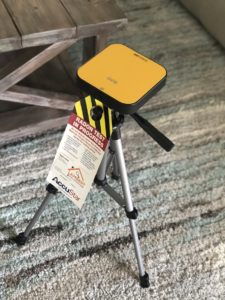Environmental Testing Services
Serving Maryland, Washington DC & Northern Virginia
(703) 398-1475
24/7 Emergency Service
Serving Maryland, Washington DC & Northern Virginia
24/7 Emergency Service
 Clean Touch Environmental performs professional Level radon testing for concerned homeowners and for those in Real Estate Transactions.
Clean Touch Environmental performs professional Level radon testing for concerned homeowners and for those in Real Estate Transactions.
Our service area for radon testing includes Washington DC, Maryland, and Northern Virginia.
Every home has radon. We are a planet that has radioactive minerals and elements. The decay chain of these minerals eventually decay into radon, which is a gas, and as thus leaves the interior of the earth.
The gas either escapes to the outside or is pulled into our homes, into our breathing space.
Houses are dynamic and change over time. These changes can cause the radon level in the home to change. The EPA and IEMA recommend retesting your home every two years or after you make a dynamic change (adding insulation, new windows, new exterior doors, siding, finishing a basement).
This is a recommendation that includes homes that currently have an active radon mitigation system or a passive (skeletal) radon resistant new construction vent.





At Clean Touch Environmental. we offer 100% free estimates! Call us or complete our quote form.
Clean Touch Environmental is a locally owned and owner operated company, so you can expect the same great results every time. We are committed to providing the best mold testing services to Maryland, Washington DC and Northern Virginia.
Clean Touch Environmental
4000 Legato Road
Suite 1100
Fairfax, VA 22033
© 2022 Clean Touch Environmental | Privacy Policy | Terms & Conditions